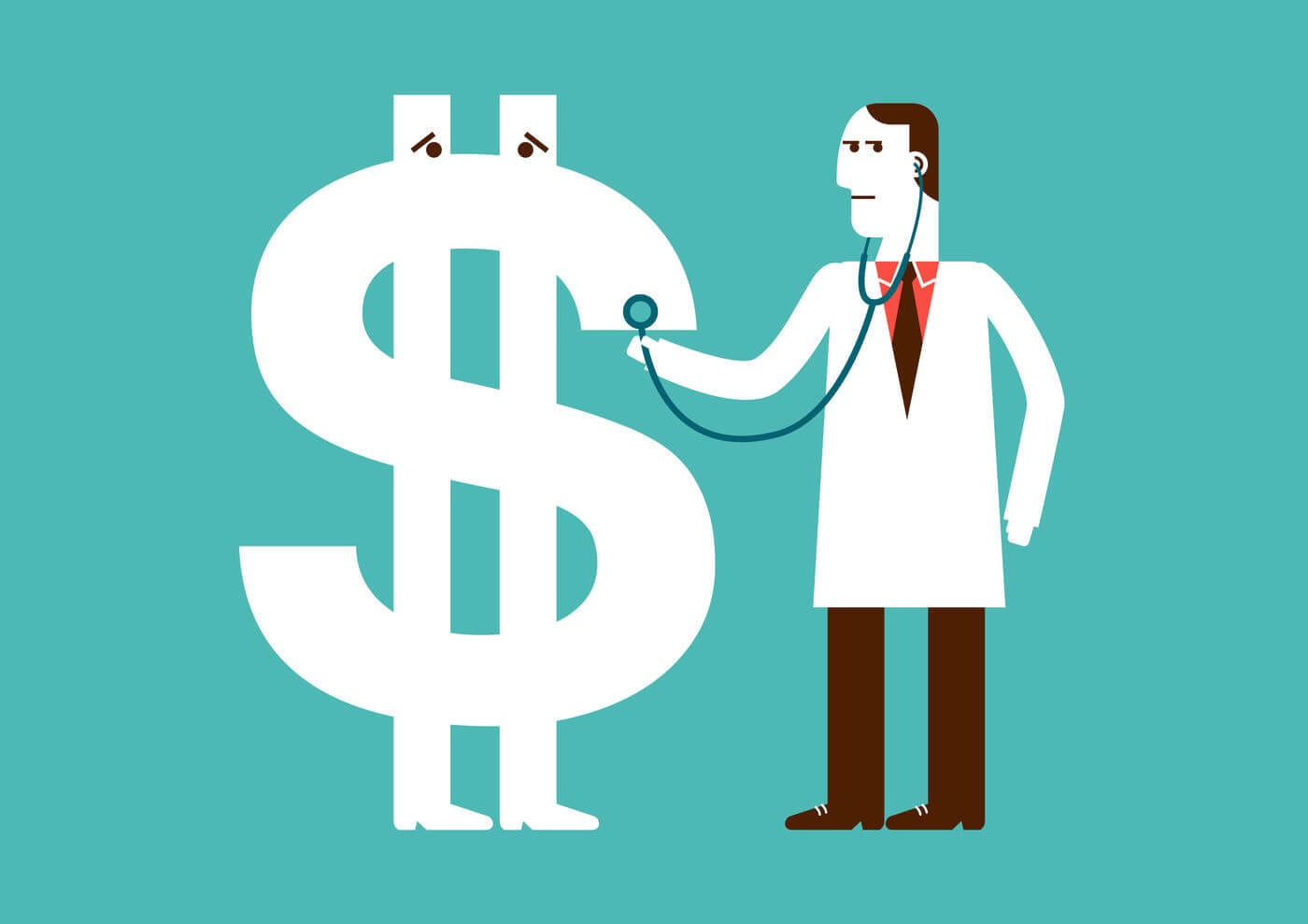Beyond the Bill: The Alarming Surge of Healthcare Expenses

With the intense strain placed on the healthcare industry throughout the pandemic followed up by the surge in utilization stemming from delayed care, there was certainly no shortage of consumers accessing the healthcare market. Then why through much of 2022 and the beginning of 2023, while the cost of everything (household expenditure index) was rising at over 6%, was the healthcare expenditure index significantly lagging behind at less than half that number? Most believe it had to do with the existing annual or multiyear provider contracts that were already in place. This held facility and provider pricing steady while the rest of the economy saw steep increases in the cost of goods and services. The result of this pricing disparity, now that these contracts are coming to an end, may lead to huge increases in the unit cost of healthcare and your employee benefit plans as the market looks to make up lost ground or profits.
To add more fuel to the fire, healthcare employment turnover (and reduction) has skyrocketed causing a significant uptick in labor costs. In 2021 hospitals were approaching nearly a 16% increase in labor expenses compared to September 2019. Facilities needed to increase pay to attract and retain talent, but when that wasn’t producing results, they increased the use of “traveler agencies”. These firms base their pricing on the average pay in a particular geographic region and add upwards of 50-100% additional pay to secure staffing. The surge in labor costs for hospitals and healthcare facilities has been compounding on itself. These factors force hospital systems to seek higher reimbursement rates from payers, particularly in the private market where caps on costs are not commonplace like in the Medicare sector.
As more consolidation of the healthcare industry takes place, particularly by private equity firms and insurers, it only augments inflationary pressure. As is the case with most consolidation efforts, efficiencies are gained but usually with the end goal of reaching a higher target margin. The easiest way to increase margin is by inflating the cost of services while delivering less or requiring additional services be rendered (i.e. more visits/longer stays). With more and more for-profit players entering the healthcare space, the incentive to do right by the patient – quality care at low costs – becomes a nice “to have” rather than the number one priority.
The pharmaceutical landscape looks to be the final anchor that will inevitably halt any progress made to reduce the sharp increase in healthcare costs. PwC reported that the median annual price for new drugs approved by the FDA increased by 23% from 2021 to 2022. To put that in perspective, for the 5-year period from 2008-2013 only about 9% of drugs averaged over $150k compared to nearly 50% of all drugs from 2020-2021. Couple that with new cell and gene therapies entering the market over the next two years with price tags over $3.5M for a one-time treatment. Healthplans have already started making major adjustments to the way they model pricing and account for these historically high drug prices. Many have implemented small surcharges that their entire book of business pays into to help protect against gene therapy claims regardless of if you want to participate or not.
There’s hope that the recent Health Plan and Hospital Price Transparency rules will bring some relief as pricing information (cash prices vs. negotiated pricing by healthplans) must now be shared with the CMS and general public. In theory, this type of transparency and visibility into the black box that is the current cost of healthcare should bring sweeping changes and implications across the industry. Only time will tell, but in the interim, it’s safe to say the healthcare and pharmaceutical industries won’t go down without a fight starting with their own self-imposed version of an excise tax on the entire market.
Amidst the challenges plaguing the healthcare landscape, one avenue that employers can consider to gain more control and stability over their healthcare plans is self-funding. As healthcare costs continue to rise, self-funding offers a viable alternative that empowers employers to directly manage and tailor their employees’ healthcare coverage while putting programs in place to manage their costs.
Evaluate your strategy to combat rising healthcare costs—complete the form below and we’ll have one of our team members get in touch.

